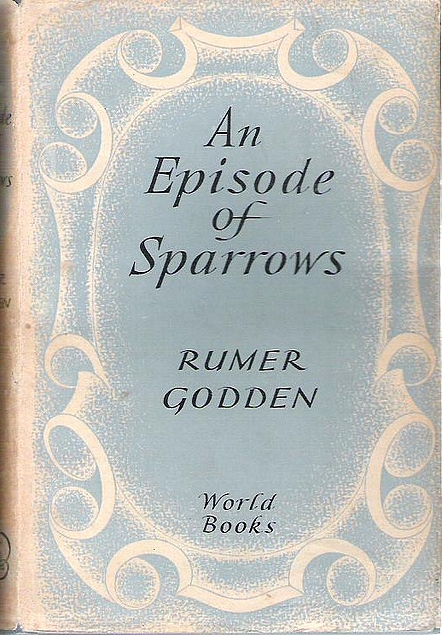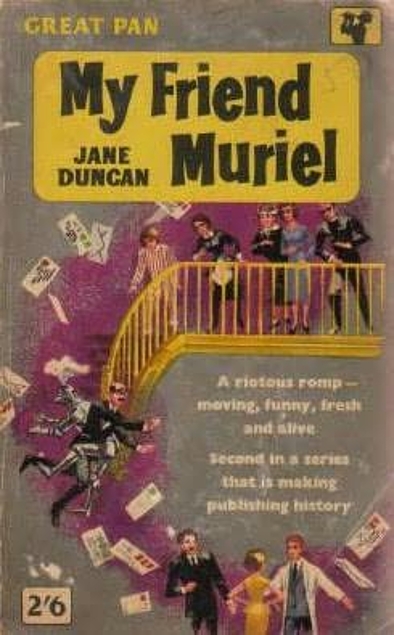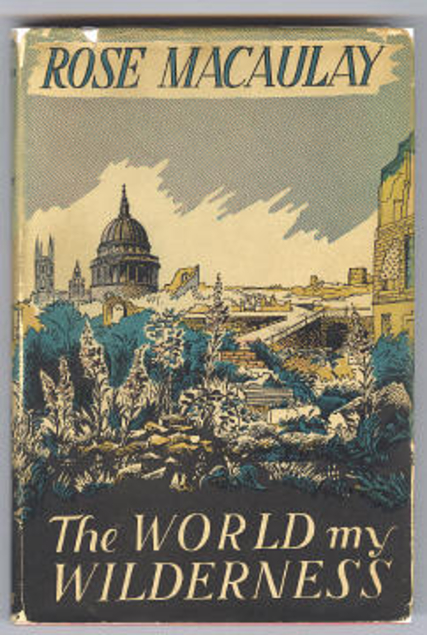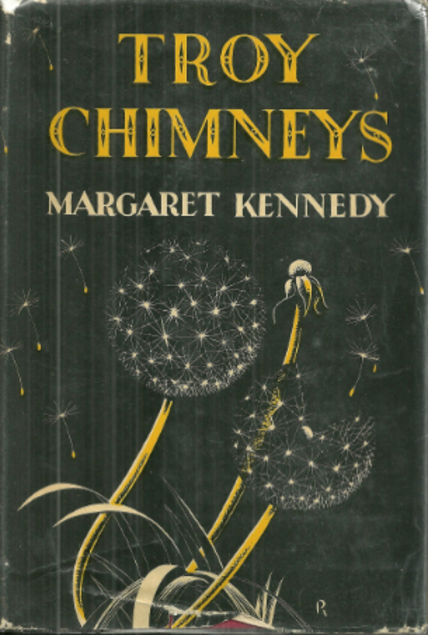Neither Five Nor Three by Helen MacInnes was first published in 1951, but the setting is New York in 1950, and the book reflects what was then the beginning of the ‘reds under the beds’ era which was taken far too far by McCarthy.
It begins with Paul Haydn on an aeroplane travelling home. He had stayed in the army after WW2 but now intended to get back into civilian life, maybe back to his old job on Trend magazine as they said that his job would be kept open for him. He had been engaged to Rona a work colleague at the beginning of the war but she had broken it off. It turns out that she’s still working at Trend and has just got engaged again, and Scott is a jealous fiance.
Rona has worked hard at her new relationship but it all seems to be on her side, Scott seems to spend all his spare time going to ‘discussion’ parties and it has taken him ages to get around to proposing. It seems that Scott has been wooed by communists who are trying to undermine American society.
This was different from the previous books that I’ve read by MacInnes as her books often feature espionage in WW2, Nazis or post war Nazi hunting. I believe that she got a lot of the ideas for her books from her husband who worked for MI6 and they did move to the US where he took up a post at Columbia University, while still working at MI6, so basically he was a spy.
This was a good read which probably reflected the atmosphere of the US at the time, in common with the UK it seems that people were expecting another war to come along soon. It was interesting that at one point Rona says ‘we don’t execute traitors any more’. Well she was wrong about that and it seems that the authorities ended up executing people who weren’t really traitors at all, such as the Rosenbergs.









